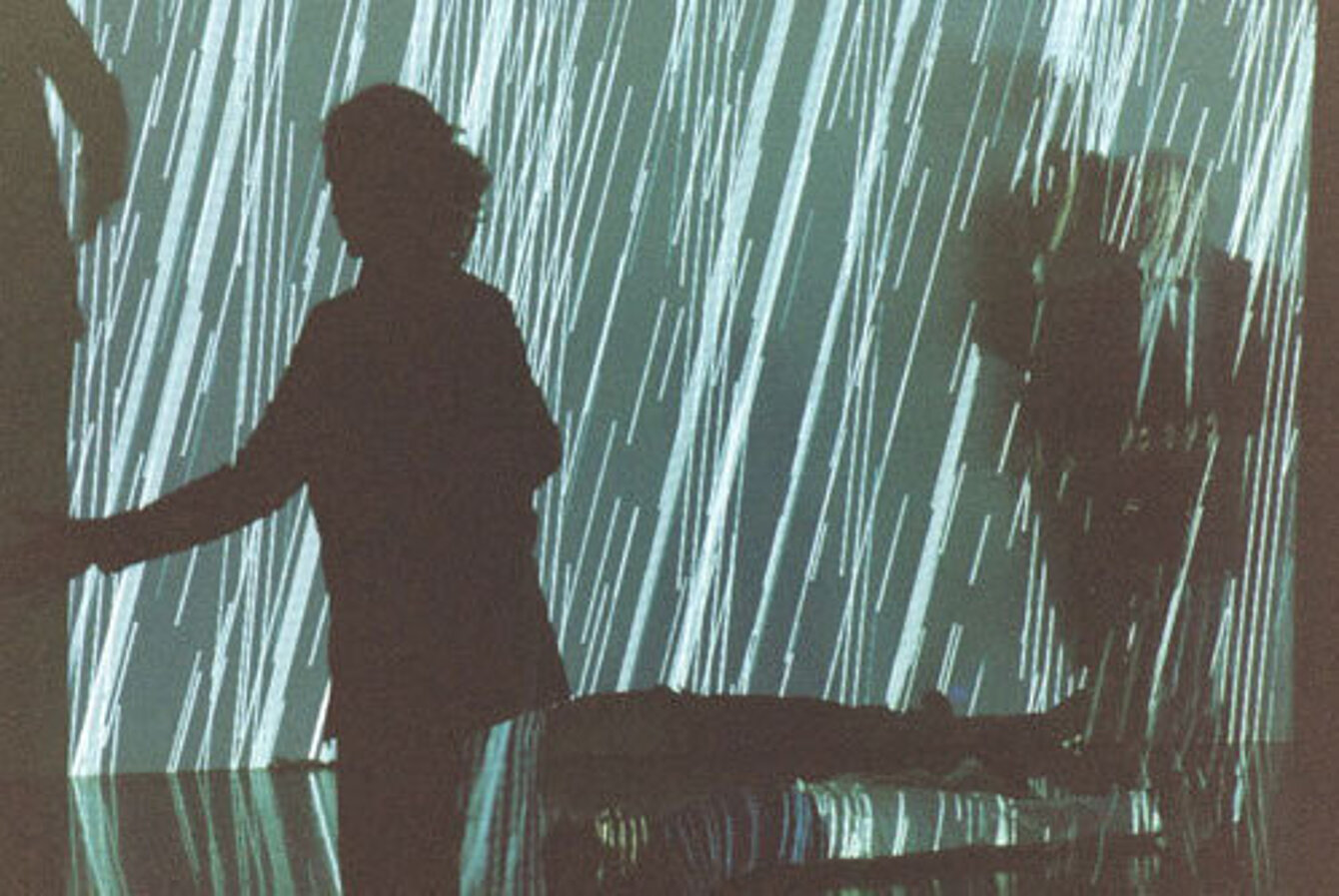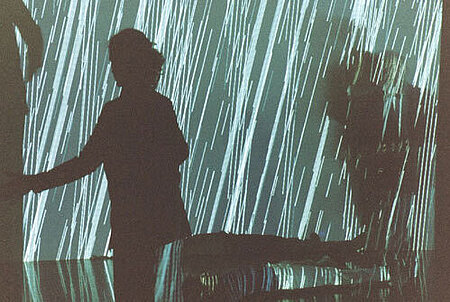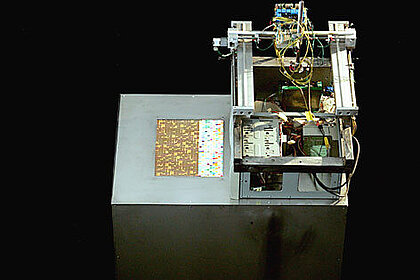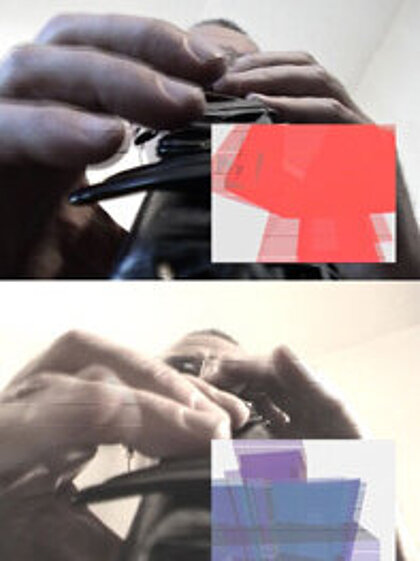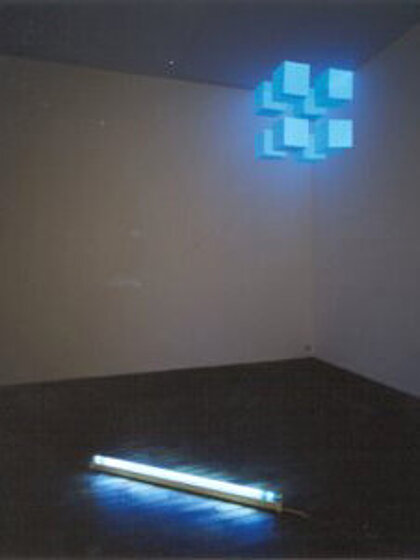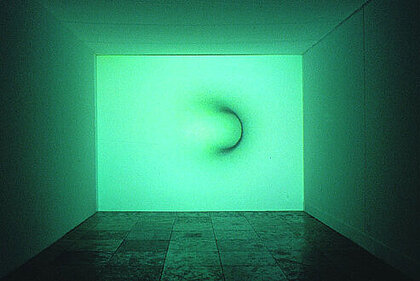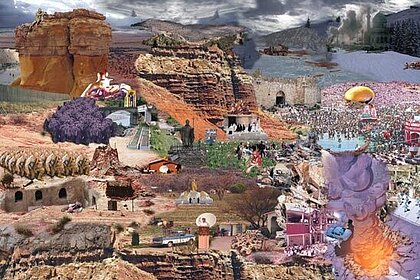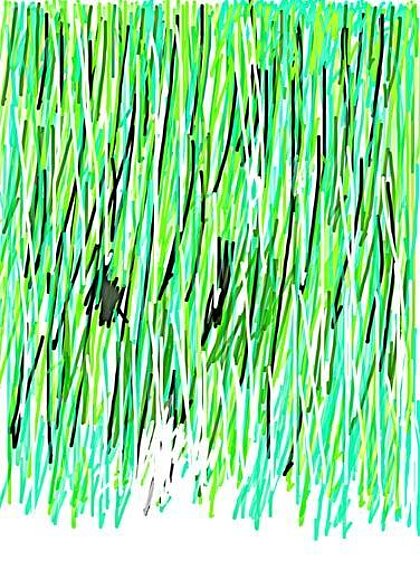Austria is internationally renowned for its achievements in media art. But in this field, Austria has also produced its own movement, which is becoming increasingly dominant and relevant in the international sphere. This trend could be termed a postmedia condition. Hence, this would be an opportune moment to present at one of the most important international forums a movement from Austria that would precisely constitute an international discourse of great topical relevance, both by dint of the name of the subject and the names of the artists.
The postmedia condition is defined by two phases:
1. the equality of the media, and
2. the mixing of media
In the first phase, the aim was to achieve equality of the media, to secure for the new media - photography, film, video, digital art - the same artistic recognition as enjoyed by the traditional media such as painting and sculpture. In this phase, work focused on the specific worlds of each medium.
Painting demonstrated the intrinsic value of colour, of flowing, dripping, running. Photography demonstrated its ability to reproduce true to reality. Film demonstrated its narrative power. Video demonstrated its critical subversion of the mass medium television. Digital art demonstrated its imaginative capacity in artificial, virtual worlds. This phase is now completed. Flickering screens are coming to dominate more and more at every major art and architecture event, for example the documenta in Kassel or the Biennale in Venice.
In the second phase, the aim is to mix the specific worlds of the media. Video triumphs with the narrative fantasy of film by using multiple projections instead of a screen and by narrating from many perspectives at the same time instead of from just one. With the aid of new digital graphics programs, photography invents unseen artificial worlds.
Sculpture becomes photography or video tapes. Photography and video art take on spatial and sculptural dimensions. Painting refers to photography or digital graphics programs and uses both. Film proves to be dominant in its documentary faithfulness to reality that mass media critique adopts from video. This mixing of media leads to extraordinarily major innovations in the various media. Painting, then, not only draws inspiration from itself but also by referring to the other media. Video thrives on film, film thrives on literature, sculpture thrives on photography and video. All of them thrive on digital technological innovations. The secret code of all these art forms is the binary code of computers, and the secret aesthetic is composed of algorithmic rules and programs. The condition of current art practice must therefore be referred to as a postmedia condition, as no one media alone dominates but rather all media influence and condition each other.




















